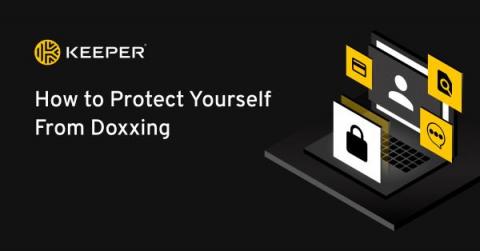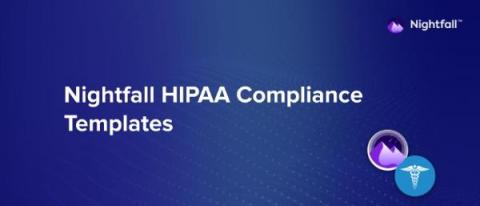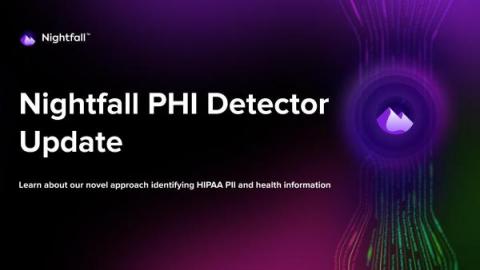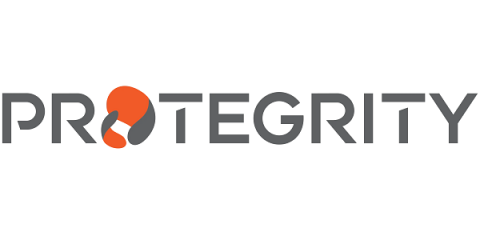Security | Threat Detection | Cyberattacks | DevSecOps | Compliance
Latest News
Third Party Risk from Supply Chain Attacks Will be Gift that Keeps Giving in 2023
Last month, over the holidays, we witnessed multiple vendors experience security breaches of varying levels of severity. From LastPass and Okta to Slack and CircleCI, the news has been filled with headlines reporting on the aftermath of these incidents. We wanted to briefly cover these stories and discuss their implications for you in the current year.
How to Protect Yourself From Doxxing
If you aren’t careful online, you can become a victim of doxxing. However, you can protect yourself from being doxxed by checking your digital footprint, using a VPN and avoiding revealing any personal information online. Keep reading to learn more about the dangers of doxxing.
Nightfall Enables Advanced Secret Detection with Enhanced Machine Learning API Key Detector
Compromised secrets and credentials are the most common cause of data breaches and are often left unmanaged. In the past year alone, we’ve seen sustained growth in supply chain attacks and security incidents impacting the security of secrets stored in code repos or unknowingly shared within SaaS applications. Because of this, there is a compelling need for reliable, accurate, and actionable secrets detection for modern organizations.
How to Set use Nightfall Compliance Templates for Pain-free HIPAA Compliance
In this latest blog post we are going to show you how to best set up Nightfall to discover and protect HIPAA data stored across your organization, maintaining patient privacy and helping avoid regulator fines.
Nightfall's New PHI Detector Improves Security Automation for Healthcare Orgs
With Nightfall’s enhanced PHI detection capabilities, which are based on an advanced combination of logic and context, it is very easy to identify specific instances of PHI unique to organizations. What’s even better is that all of this can be automated and tie seamlessly into existing customer workflows.
Data Classification: Your 5 Minute Guide
It’s old news, but data is – and will remain for the foreseeable future – king. It has to be dealt with and handled responsibly, assigned to the right boxes, and stored properly. Why? Because everyone wants it, and there are increased efforts to obtain it by ever-more sophisticated and subtle bad actors. You wouldn’t put a piece of junk mail in a high security vault. Nor would you trust a crown jewel to a locked desk drawer.
Understanding Australia's SLACIP and SoNS Requirements for Critical Infrastructure
Can You Unlock Data And Eliminate The Risk Of Data Loss?
Companies accumulate massive amounts of data, whether it is intellectual property or customer and employee information. Data is a critical asset: it’s undeniable. If your business users have appropriate access to data, they can perform their jobs more efficiently and effectively, and they can analyze the data to derive key business intelligence that drives better business decisions. But if data isn’t protected from breaches, it can also be a liability.
How Filling Your Cybersecurity Gaps Increases Your Bottom Line
Cyberattack prevention and remediation cost time and money. Are there ways to get a better return on your cybersecurity investments? What business processes or technologies will not only reduce those cyber risks but also save you time or money? This piece addresses those questions with a focus on data breaches.









